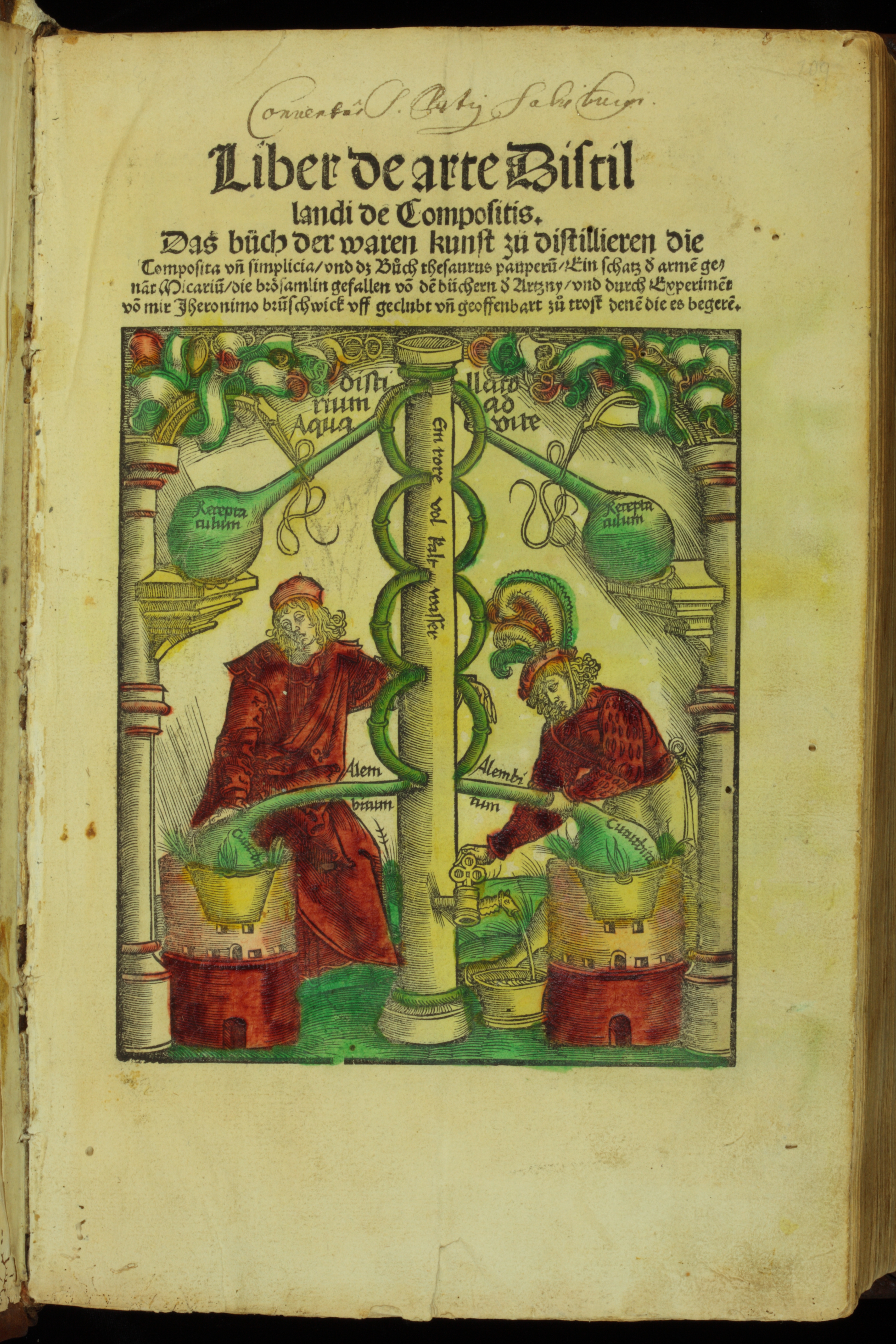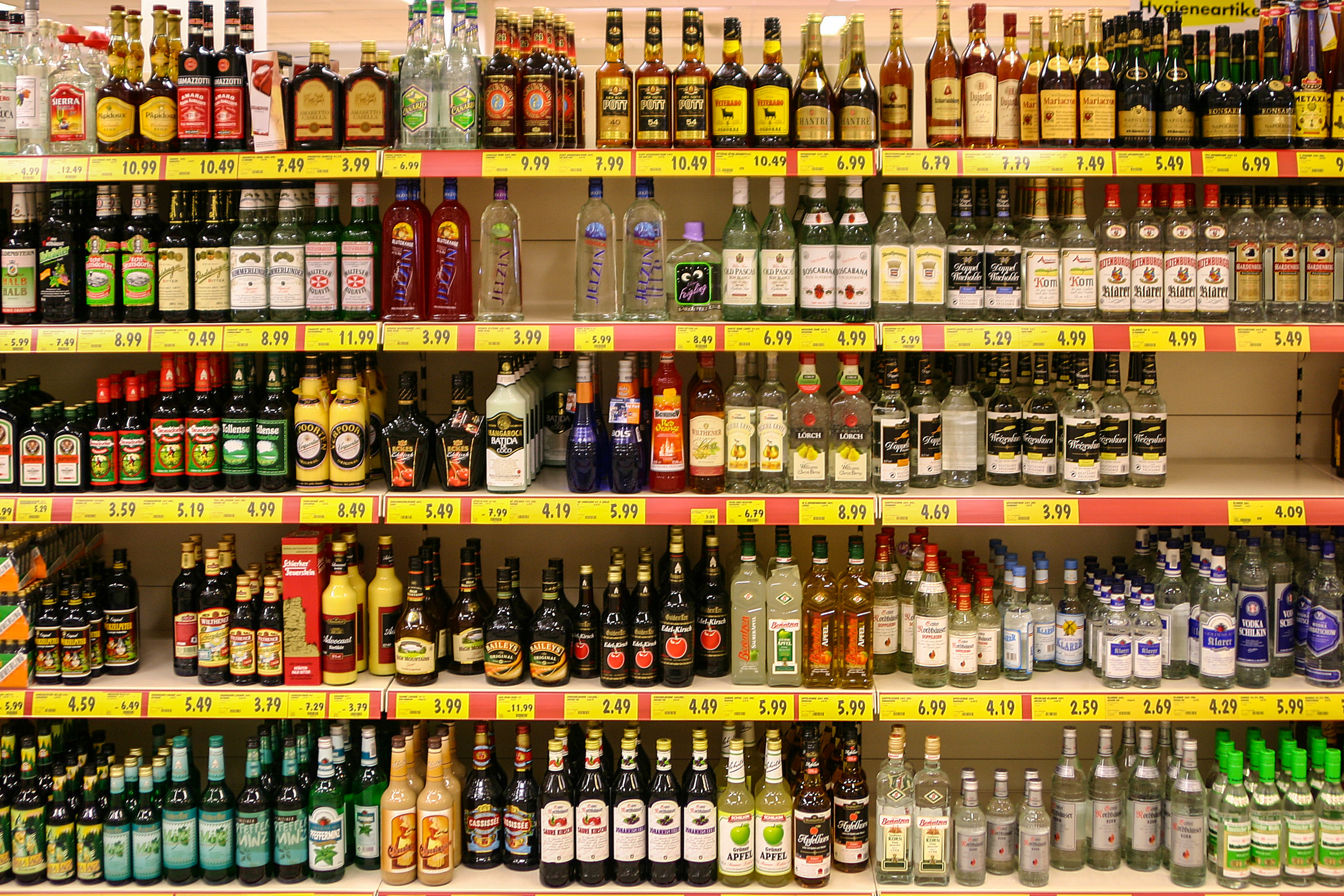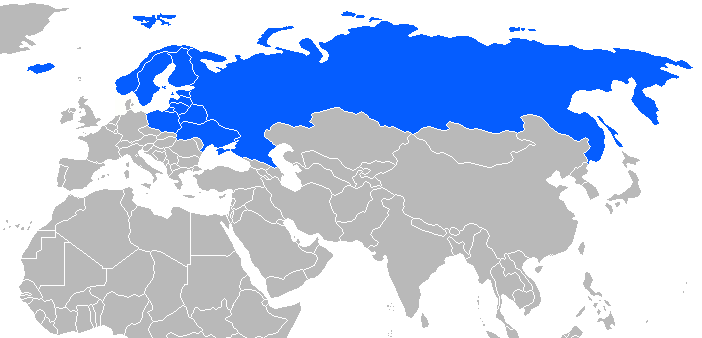|
Aqua Vita
''Aqua vitae'' (Latin for "water of life") or aqua vita is an archaic name for a concentrated aqueous solution of ethanol. These terms could also be applied to weak ethanol without rectification. Usage was widespread during the Middle Ages and the Renaissance, although its origin is likely much earlier. This Latin term appears in a wide array of dialectical forms throughout all lands and people conquered by ancient Rome. The term is a generic name for all types of distillates, and eventually came to refer specifically to distillates of alcoholic beverages (liquors). ''Aqua vitae'' was typically prepared by distilling wine and in English texts was also called ardent spirits, spirit of wine, or spirits of wine, a name that could be applied to brandy that had been repeatedly distilled. The term was used by the 14th-century alchemist John of Rupescissa, who believed the then newly discovered substance of ethanol to be an imperishable and life-giving "fifth essence" or '' quintess ... [...More Info...] [...Related Items...] OR: [Wikipedia] [Google] [Baidu] |
Hieronymus Brunschwig Liber De Arte Distillandi CHF AQ13x3
Hieronymus, in English pronounced or , is the Latin form of the Ancient Greek name (Hierṓnymos), meaning "with a sacred name". It corresponds to the English given name Jerome (given name), Jerome. Variants * Albanian language, Albanian: Jeronimi * Arabic language, Arabic: جيروم (Jerome) * Basque language, Basque: Jeronimo * Belarusian language, Belarusian: Еранім (Yeranim) * Bulgarian language, Bulgarian: Йероним (Yeronim) * Catalan language, Catalan: Jeroni * Written Chinese: 希罗尼穆斯 ** Pinyin, Chinese Pinyin: xī luó ní mù sī * Croatian language, Croatian: Jeronim (other), Jeronim * Czech language, Czech: Jeroným, Jeronýmus (archaic) * Danish language, Danish: Hieronymus * Dutch language, Dutch: Hiëronymus, Jeroen * English language, English: Jerome (other), Jerome, Hieronymus, Geromy, Rhonemus * Esperanto: Hieronimo * Estonian language, Estonian: Hieronymus * Finnish language, Finnish: Hieronymus * Flemish: Jerom * French lan ... [...More Info...] [...Related Items...] OR: [Wikipedia] [Google] [Baidu] |
Distilled Spirit
Liquor (or a spirit) is an alcoholic drink produced by distillation of grains, fruits, vegetables, or sugar, that have already gone through alcoholic fermentation. Other terms for liquor include: spirit drink, distilled beverage or hard liquor. The distillation process concentrates the liquid to increase its alcohol by volume. As liquors contain significantly more alcohol (ethanol) than other alcoholic drinks, they are considered 'harder'; in North America, the term ''hard liquor'' is sometimes used to distinguish distilled alcoholic drinks from non-distilled ones, whereas the term ''spirits'' is more common in the UK. Some examples of liquors include vodka, rum, gin, and tequila. Liquors are often aged in barrels, such as for the production of brandy and whiskey, or are infused with flavorings to form a flavored liquor such as absinthe. While the word ''liquor'' ordinarily refers to distilled alcoholic spirits rather than beverages produced by fermentation alone, it can s ... [...More Info...] [...Related Items...] OR: [Wikipedia] [Google] [Baidu] |
Distilled Drinks
Liquor (or a spirit) is an alcoholic drink produced by distillation of grains, fruits, vegetables, or sugar, that have already gone through alcoholic fermentation. Other terms for liquor include: spirit drink, distilled beverage or hard liquor. The distillation process concentrates the liquid to increase its alcohol by volume. As liquors contain significantly more alcohol (ethanol) than other alcoholic drinks, they are considered 'harder'; in North America, the term ''hard liquor'' is sometimes used to distinguish distilled alcoholic drinks from non-distilled ones, whereas the term ''spirits'' is more common in the UK. Some examples of liquors include vodka, rum, gin, and tequila. Liquors are often aged in barrels, such as for the production of brandy and whiskey, or are infused with flavorings to form a flavored liquor such as absinthe. While the word ''liquor'' ordinarily refers to distilled alcoholic spirits rather than beverages produced by fermentation alone, i ... [...More Info...] [...Related Items...] OR: [Wikipedia] [Google] [Baidu] |
Vodka
Vodka ( pl, wódka , russian: водка , sv, vodka ) is a clear distilled alcoholic beverage. Different varieties originated in Poland, Russia, and Sweden. Vodka is composed mainly of water and ethanol but sometimes with traces of impurities and flavourings. Traditionally, it is made by distilling liquid from fermented cereal grains, and potatoes since introduced in Europe in the 1700's. Some modern brands use fruits, honey, or maple sap as the base. Since the 1890s, standard vodkas have been 40% alcohol by volume (ABV) (80 U.S. proof). The European Union has established a minimum alcohol content of 37.5% for vodka. Vodka in the United States must have a minimum alcohol content of 40%. Vodka is traditionally drunk "neat" (not mixed with water, ice, or other mixers), and it is often served ''freezer chilled'' in the vodka belt of Belarus, Estonia, Finland, Iceland, Latvia, Lithuania, Norway, Poland, Russia, Sweden, and Ukraine. It is also used in cocktails and mixed dri ... [...More Info...] [...Related Items...] OR: [Wikipedia] [Google] [Baidu] |
History Of Ethanol
Ethanol (abbr. EtOH; also called ethyl alcohol, grain alcohol, drinking alcohol, or simply alcohol) is an organic compound. It is an alcohol with the chemical formula . Its formula can be also written as or (an ethyl group linked to a hydroxyl group). Ethanol is a volatile, flammable, colorless liquid with a characteristic wine-like odor and pungent taste. It is a psychoactive recreational drug, the active ingredient in alcoholic drinks. Ethanol is naturally produced by the fermentation process of sugars by yeasts or via petrochemical processes such as ethylene hydration. It has medical applications as an antiseptic and disinfectant. It is used as a chemical solvent and in the synthesis of organic compounds, and as a fuel source. Ethanol also can be dehydrated to make ethylene, an important chemical feedstock. As of 2006, world production of ethanol was , coming mostly from Brazil and the U.S. Etymology ''Ethanol'' is the systematic name defined by the International Un ... [...More Info...] [...Related Items...] OR: [Wikipedia] [Google] [Baidu] |
Aqua Fortis
Nitric acid is the inorganic compound with the formula . It is a highly corrosive mineral acid. The compound is colorless, but older samples tend to be yellow cast due to decomposition into oxides of nitrogen. Most commercially available nitric acid has a concentration of 68% in water. When the solution contains more than 86% , it is referred to as ''fuming nitric acid''. Depending on the amount of nitrogen dioxide present, fuming nitric acid is further characterized as red fuming nitric acid at concentrations above 86%, or white fuming nitric acid at concentrations above 95%. Nitric acid is the primary reagent used for nitration – the addition of a nitro group, typically to an organic molecule. While some resulting nitro compounds are shock- and thermally-sensitive explosives, a few are stable enough to be used in munitions and demolition, while others are still more stable and used as pigments in inks and dyes. Nitric acid is also commonly used as a strong oxidizing agent. ... [...More Info...] [...Related Items...] OR: [Wikipedia] [Google] [Baidu] |
Alchemy
Alchemy (from Arabic: ''al-kīmiyā''; from Ancient Greek: χυμεία, ''khumeía'') is an ancient branch of natural philosophy, a philosophical and protoscientific tradition that was historically practiced in China, India, the Muslim world, and Europe. In its Western form, alchemy is first attested in a number of pseudepigraphical texts written in Greco-Roman Egypt during the first few centuries AD.Principe, Lawrence M. The secrets of alchemy'. University of Chicago Press, 2012, pp. 9–14. Alchemists attempted to purify, mature, and perfect certain materials. Common aims were chrysopoeia, the transmutation of "base metals" (e.g., lead) into "noble metals" (particularly gold); the creation of an elixir of immortality; and the creation of panaceas able to cure any disease. The perfection of the human body and soul was thought to result from the alchemical ''magnum opus'' ("Great Work"). The concept of creating the philosophers' stone was variously connected with all of the ... [...More Info...] [...Related Items...] OR: [Wikipedia] [Google] [Baidu] |
Akvavit
''Akvavit'' or ''aquavit'' (; also ''akevitt'' in Norwegian; ''aquavit'' in English) is a distilled spirit that is principally produced in Scandinavia, where it has been produced since the 15th century. ''Akvavit'' is distilled from grain or potatoes, and is flavoured with a variety of herbs. It is also popular in Northern Germany. ''Akvavit'' gets its distinctive flavour from spices and herbs, and the dominant flavour must (according to the European Union) come from a distillate of caraway and/or dill seed. It typically contains 40% alcohol by volume or 80 proof (U.S.) The EU has established a minimum of 37.5% ABV for ''akvavit'' to be named as such. Etymology The word ''aquavit'' derives from the Latin ''aqua vitae'', "water of life." Compare the words ''whisky'' or ''whiskey'', from Gaelic ''uisce beatha'', which has the same meaning. Likewise, clear fruit brandy is called ''eau de vie'' ( French for "water of life"). Drinking culture Akvavit is an important part of Nordic d ... [...More Info...] [...Related Items...] OR: [Wikipedia] [Google] [Baidu] |
Eau De Vie
An ''eau de vie'' ( French for spirit, §16, §17 literally " water of life") is a clear, colourless fruit brandy that is produced by means of fermentation and double distillation. The fruit flavor is typically very light. In English-speaking countries, ''eau de vie'' refers to a distilled beverage made from fruit other than grapes. Similar terms may be local translations or may specify the fruit used to produce it. Although ''eau de vie'' is a French term, similar beverages are produced in other countries (e.g., German'' Schnaps'', Greek ''ρακί'', Turkish ''rakı'', Balkan ''rakia'', Romanian ''țuică'', Czech and Slovak ''pálenka'', Hungarian ''pálinka'', and Sri Lankan coconut ''arrack''). In French, however, ''eau de vie'' is a generic term for distilled spirits. The proper French term for fruit brandy is ''eau-de-vie de fruit'', while ''eau-de-vie de vin'' means wine spirit (brandy), and several further categories of spirits (distilled from grape pomace, ... [...More Info...] [...Related Items...] OR: [Wikipedia] [Google] [Baidu] |
Uisce Beatha
(), literally "water of life", is the name for whiskey in Irish. It is derived from the Old Irish ''uisce'' ("water") and ''bethu'' ("life"). The Scottish equivalent is rendered ''uisge beatha''. Early forms of the word in English included uskebeaghe (1581), usquebaugh (1610), usquebath (1621), and usquebae (1715). The word "whiskey" (as spelt in Ireland and the United States) or "whisky" (the typical spelling in the rest of the world) is simply an anglicized version of this phrase, stemming from a mispronunciation of either ''uisce'' in Ireland or ''uisge'' in Scotland. According to the Whiskey Museum in Dublin, the different spelling began as a marketing decision which started a trend soon followed by other companies; the extra "e" was regardless a late addition, and does not appear in the 1879 book ''The Truths About Whisky'', which was published by the big four biggest Dublin distillers. This development may in turn have influenced the modern Irish word ''fuisce'' ("whiskey") ... [...More Info...] [...Related Items...] OR: [Wikipedia] [Google] [Baidu] |
Goidelic Languages
The Goidelic or Gaelic languages ( ga, teangacha Gaelacha; gd, cànanan Goidhealach; gv, çhengaghyn Gaelgagh) form one of the two groups of Insular Celtic languages, the other being the Brittonic languages. Goidelic languages historically formed a dialect continuum stretching from Ireland through the Isle of Man to Scotland. There are three modern Goidelic languages: Irish ('), Scottish Gaelic ('), and Manx ('). Manx died out as a first language in the 20th century but has since been revived to some degree. Nomenclature ''Gaelic'', by itself, is sometimes used to refer to Scottish Gaelic, especially in Scotland, and so it is ambiguous. Irish and Manx are sometimes referred to as Irish Gaelic and Manx Gaelic (as they are Goidelic or Gaelic languages), but the use of the word "Gaelic" is unnecessary because the terms Irish and Manx, when used to denote languages, always refer to those languages. This is in contrast to Scottish Gaelic, for which "Gaelic" distinguishes the l ... [...More Info...] [...Related Items...] OR: [Wikipedia] [Google] [Baidu] |








